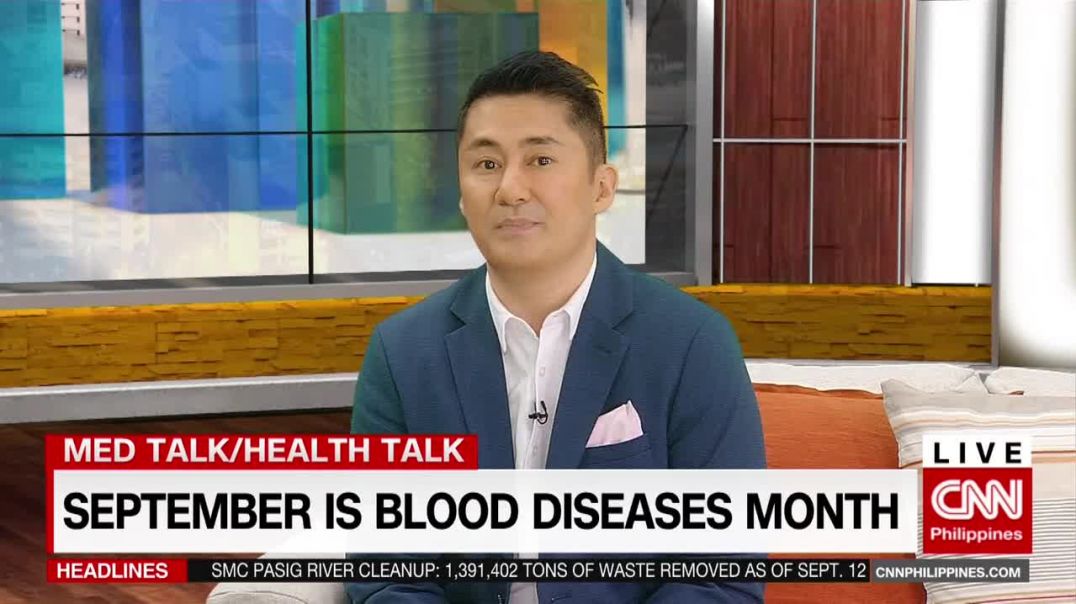Childhood Leukemia
Spend a minute with four-year-old Calie Russell and she'll steal your heart. Last year, when she was three, she faced a medical crisis that left her family heart broken.
"I had absolutely no idea until I walked in and I saw 'Oncology' on the door and that's when it hit me," says Calie's mother, Mindy Russell.
"It was a shock; it was just an absolute shock. I mean really you think that your child may die," says Calie's father, Josh Russell.
No one is prepared for leukemia. In a whirlwind, Calie was admitted to Children's Hospital of Southwest Florida.
"They did the mediport and immediately the same day did a bone marrow biopsy, a lumbar puncture and started her chemo treatment," says Mindy.
Acute lymphoblastic leukemia or ALL is most common in childhood, showing up mostly between the ages of two and five. Adults get it too, but children fare much better.
"The survival rate for childhood lymphocytic leukemia or ALL, is somewhere between 85 to 95%, those numbers are not reproduced in the adult population," says Dr. Emad Salman, pediatric hematologist/oncologist with The Children's Hospital.
Treatment follows a well-established set of protocols. Whenever a child is diagnosed with leukemia, they start down a proven path.
"If a child is diagnosed with cancer and they're here in Fort Myers or they are in Boston or they're in Seattle- they will be treated exactly the same way," says Dr. Salman.
"Right now she gets chemo through her IV and in her spine every three months but she gets it orally every single night at home," says Mindy.
"There's a day that she has to take 12 to 13 pills and she likes that day because she knows she can accomplish it," says Josh.
Doctors credit increased survivability with the structured treatment.
"We learn from our research. We know what works and what doesn't work and if we find out something works then we ask the question; what can we add to that to make it better?" says Dr. Salman.
Calie is in remission, but her journey is far from over. Treatment lasts two and a half years for girls and three years for boys.
View More Health Matters video segments at leememorial.org/healthmatters/
Lee Memorial Health System in Fort Myers, FL is the largest network of medical care facilities in Southwest Florida and is highly respected for its expertise, innovation and quality of care. For nearly a century, we've been providing our community with everything from primary care treatment to highly specialized care services and robotic assisted surgeries.
Visit leememorial.org



















SORT BY-
Top Comments
-
Latest comments